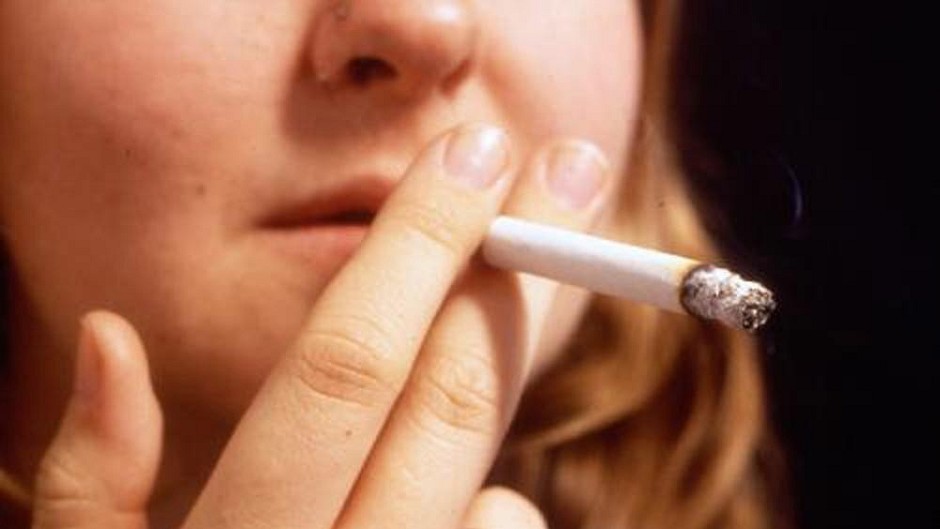Face-masks, air pollution and thick smog – something we are used to seeing in television footage and pictures from Beijing, China.
However, a recent study in Aberdeen has shown the average smoker may have experienced a similar level of exposure to toxic fumes in the comfort of their own home.
In fact, after measuring air pollution levels in the home, it was discovered they were three times worse than the Chinese capital.
The study, carried out by Aberdeen University, also found air pollution in the home was 40 times worse than Errol Place, just off the city’s busy King Street.
Dr Sean Semple, who helped carry out the research, said: “These results show the serious impact on air quality if people choose to smoke in the home.
“Levels of fine particles that are proven to be harmful to health are many times higher in homes where smoking takes place.
“Parents naturally want to protect the health of their children from smoke and often think that opening a window or smoking at the back door is enough to clear the air. It isn’t – and the only way to keep levels of particle pollution down is to take your smoking right outside.”
The study also revealed it took just over six hours for second-hand smoke to dissipate in the home after the last cigarette was put out, meaning harmful chemicals continue to linger while the family was asleep.
Previous studies have shown 85% of second-hand smoke is invisible and odourless.
Last month, Dr Semples’ colleague at the university, Dr Heather Morgan, presented similar research on second-hand smoke at the city’s TechFest.
Dr Morgan says the results of the study are not surprising. She said: “This is really quite a strong message to put out there.
“Particularly at this time of year, people may be tempted to not go outside because of the weather.
“Hopefully this research will raise awareness of this as a form of pollution, which people don’t recognise because there’s not a smell or noise associated with it like the type you get in the city centre.”
The research was conducted as part of a Scottish Government drive to reduce the proportion of children exposed to second-hand smoke from 12 to 6% by 2020.










